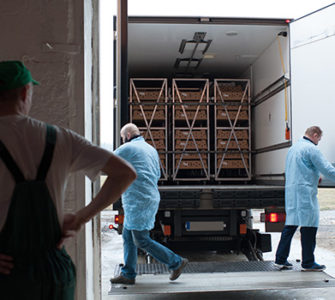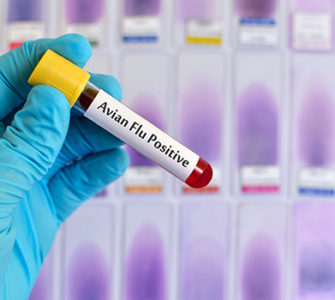Biosecurity key to combating US avian flu threat
Farm biosecurity remains US poultry producers’ key defense in making sure they are protected from the potentially devastating effects of avian influenza, say officials.
Experts have warned that an outbreak of H5 influenza in US poultry could be in the cards after a wild mallard duck in Montana was found to have died from H5N2 in January, reports the Center for Infectious Disease Research and Policy.
And while the country remains better-prepared for an outbreak than it was in 2015 — when an outbreak of the same strain resulted in the culling of more than 43 million poultry across 15 states — it is on-farm measures that remain the most vital.
In an article looking at how prepared the US is for a potential recurrence of avian flu, Steve Olson, director of the Minnesota Turkey Growers Association, said the US Department of Agriculture (USDA) has made concerted efforts to implement better safeguards.
Since 2015, the department has sampled 75,000 wild birds to monitor for the disease, while its Animal and Plant Health Inspection Service (APHIS) has invested in equipment to help officials respond to outbreaks more quickly and effectively.
APHIS has also taught producers how to implement tougher biosecurity measures, and trained personnel on a system that allows unaffected poultry to move out of control zones should outbreaks occur.
“We’ve done tabletop exercises with emergency responses in place, we went through drills and scenarios, and looked at the wrinkles that happened [in 2015],” Olson said.
“And there are now biosecurity standards for each farm to have in place to prevent a bottleneck at the federal level.”
Olson said a significant change since 2015 was the implementation of the “Danish Entry” system, a low-cost intervention stipulating that each person entering a farm shoes and clothes to provide a physical barrier to outside pathogens that could be novel to that farm.
Acting quickly and avoiding a bottleneck was the most important tool when facing a highly pathological avian influenza outbreak, he said.
”The number-one thing identified after the 2015 outbreak was that we need to depopulate birds…within 24 hours,” he added.
“Agricultural workers need to recognize the clinical signs faster, but everyone has a role in halting avian flu, whether it’s the UPS driver who comes on the farm or the worker taking care of the birds on a day-to-day basis.”
James Adelman, PhD, a professor of disease ecology at Iowa State University, agreed that the focus of any farm’s avian flu prevention plan had to be around biosecurity.
While wild birds and animals were thought to carry H5N2, there was no evidence to say they actually did spread the disease onto farms, meaning that humans were the likely ‘smoking gun’, he added.
Posted on April 4, 2017

















